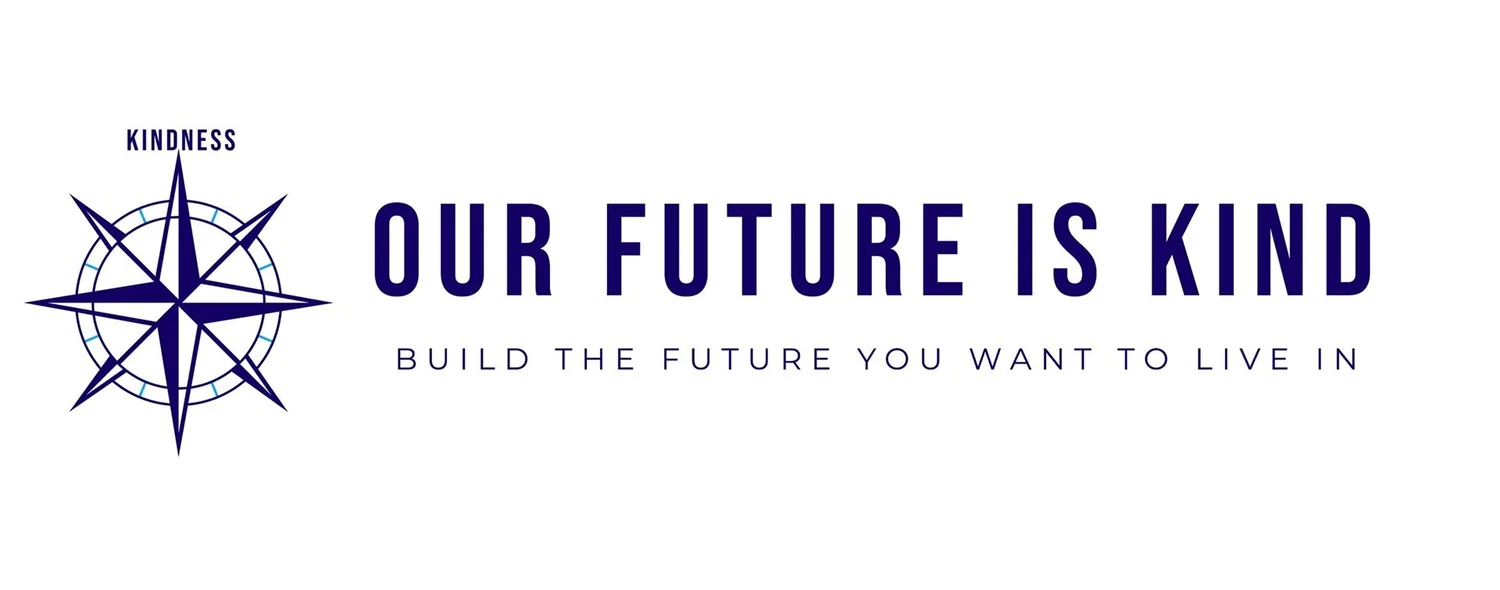Navigating Negativity in Intercultural Work Places
Date: January 3. 2025
Written by: Marc Bjørnholt
Traveling to a different culture can be both exciting and challenging. When you as a business leader talk with employees from different cultures, mistrust can be stirred more easily than if they just felt unsafe in the work environment. If you want to understand your new colleagues, it’s important to try to understand how the difference in traditions, social rules, and more could cause a feeling of alienation and loneliness, fueling the fire of negativity and mistrust.
Why they would speak badly about your country
Every culture has its own set of unspoken norms about punctuality, body language, socialization, and decision-making. These norms, while they’re invisible to insiders, can be very visible and can seem like barriers for outsiders who want to feel like a part of the team. Misaligned expectations—like differing approaches to deadlines or feedback—are common sources of friction in multicultural teams.
For example, too direct an approach can seem disrespectful to a person coming from a culture with indirect, less confrontational feedback. Conversely, someone coming from a culture where direct communication is the norm can find the lack of communication and confrontation frustrating, and the locals can sometimes appear as passive-aggressive and manipulative.
After a honeymoon stage ends—if you get one—the new arrival may enter the frustration stage and have experiences similar to the examples mentioned above. This may result in negativity from one or more employees from overseas, and they may speak badly about your country.
It’s so tempting to become resentful and offended in response to this negativity. But it’s in this situation that we have an opportunity--to remember to respond with kindness. We also have to think about why someone would say negative things about their new home. Is it really just because they hate our country?
I would suggest that those speaking negatively do this because they care about their new surroundings and fitting in. It’s important to keep this in mind, respond with kindness, and try to use kindness to create a more tight-knit team at work.
In the following graph, note that new arrivals can have much satisfaction and a sense of competence starting early, but it can plummet. That’s normal. Where we have opportunities is in the rebound to “Adjustment” and “Integration” if we are helping normalize differences and then help with acclimation.
Oberg's Cultural Adjustment Stages (1960)
How you can help them overcome culture shock
Many people who hire and work with a multinational team are unaware of the challenges involved and that they can’t necessarily rely on familiar cultural practices. Because the transition to a new culture for foreign employees often involves an emotional rollercoaster, your support can make a significant difference. Here’s how to foster understanding and help reduce negativity in the workplace:
1. Do the Research and Prepare the Path
Find specialists in cultural integration practices, usually within the Human Resources community, and get their counsel. If that’s not possible, LinkedIn Learning, YouTube, and other resources can provide critical context as you prepare your workplace and those already working there for those who are soon to arrive.
2. Provide Clear Expectations:
Create a document, video series, or hold training sessions that explain workplace norms, communication styles, and expectations. This allows employees to understand rules without feeling lost.3. Encourage Open Dialogue:
Make space for employees to share their experiences and frustrations without fear of judgment. Active listening can help identify the root of negative feelings.4. Celebrate Differences:
Host cultural exchange events where employees can showcase traditions, food, or practices from their countries. This promotes mutual respect and builds a sense of community.5. Offer Mentorship Programs:
Pair new hires from different cultures with experienced team members who can help them navigate the workplace dynamics and provide social support.6. Address Misunderstandings with Empathy:
When conflicts arise, frame them as learning opportunities rather than failures. Use mediation techniques to foster understanding between parties.
When you use these techniques, it will almost certainly foster a renewed sense of belonging within your entire staff. Think about how you can use the unique new perspectives now available to your team to create a kind, innovative and unique work culture in which everyone can learn and grow.

